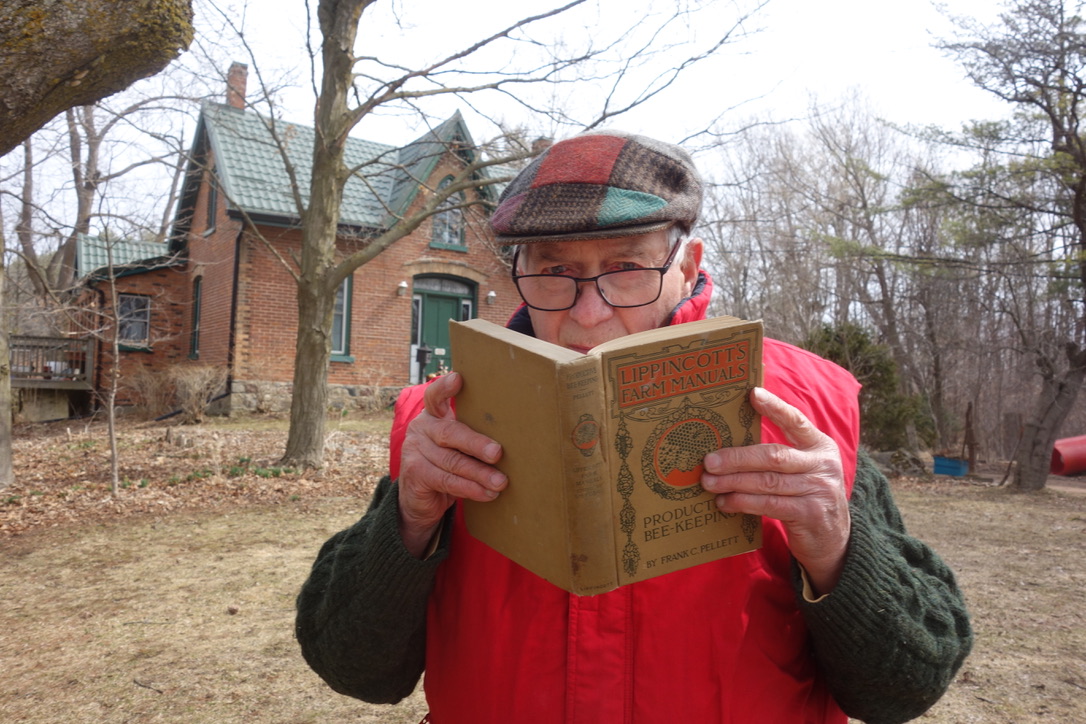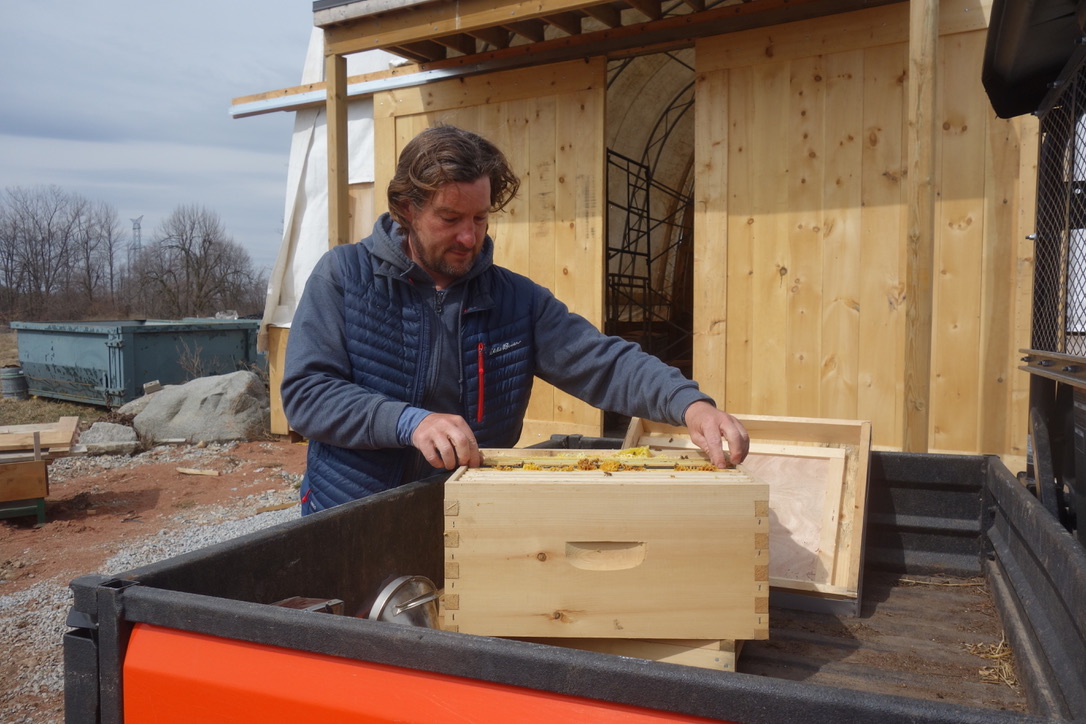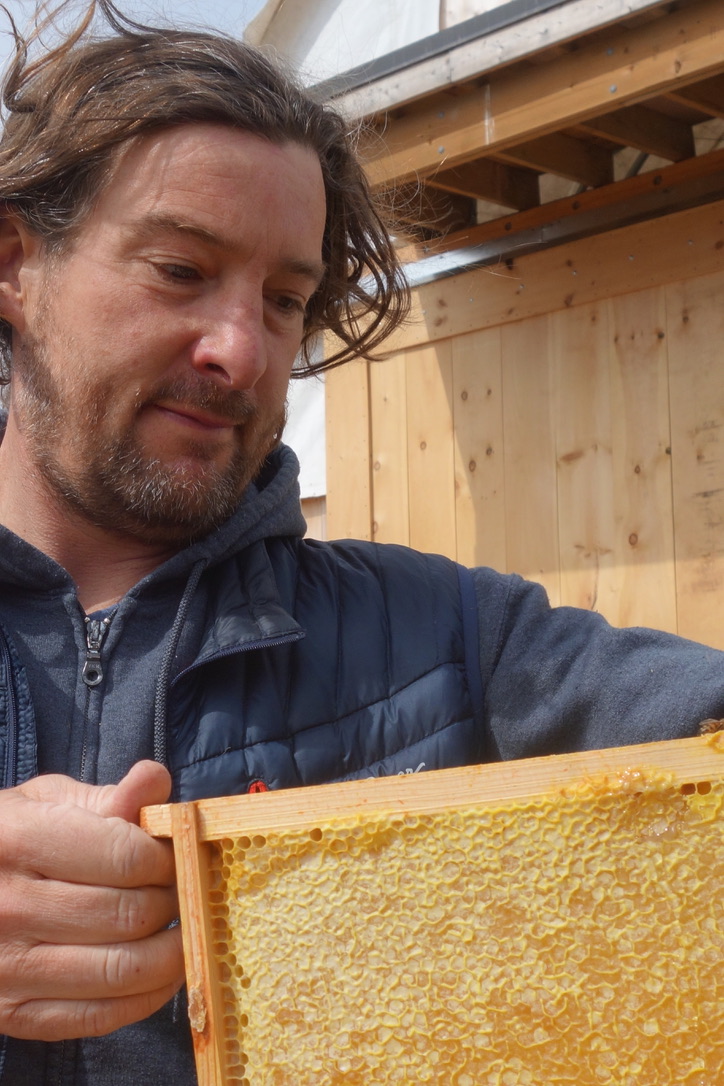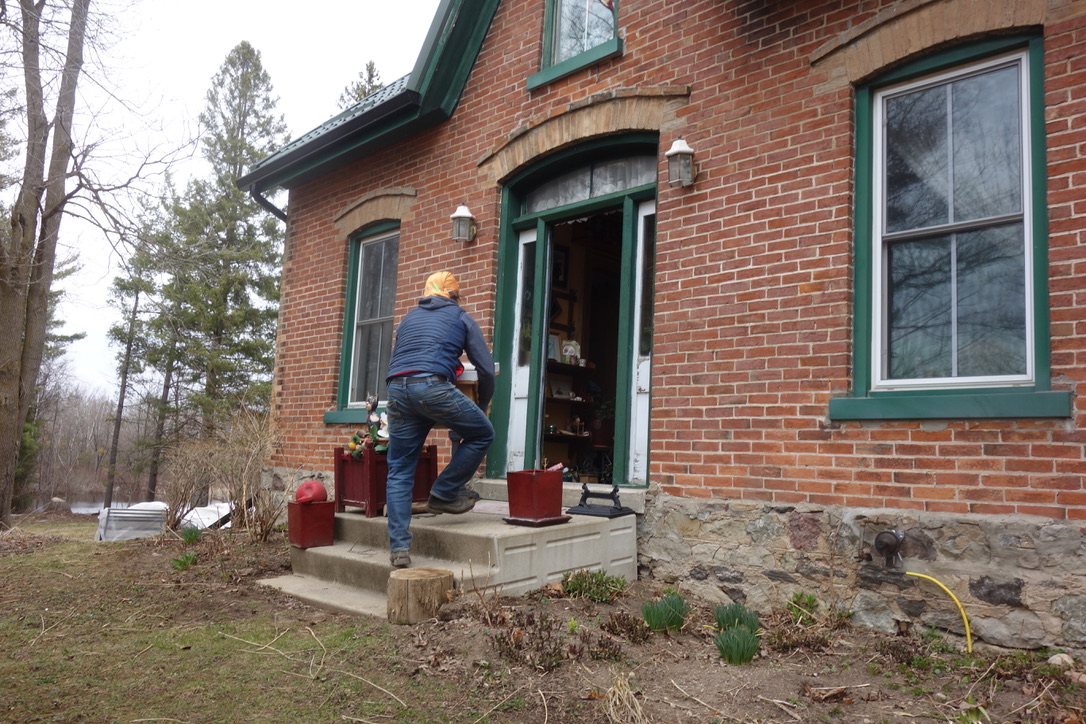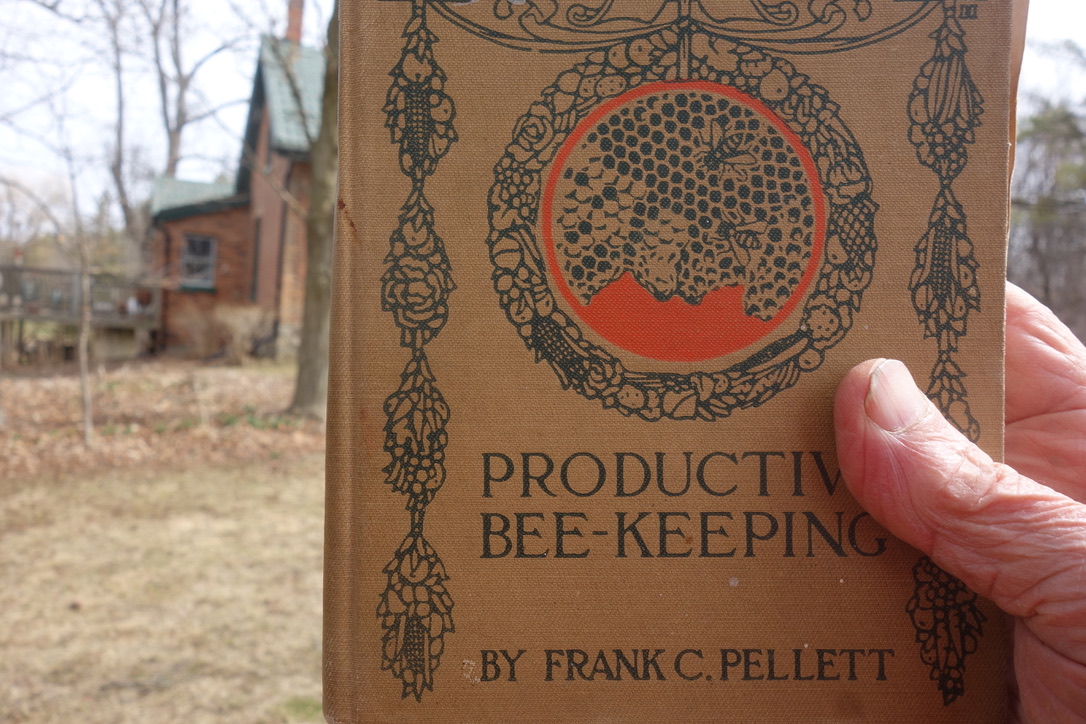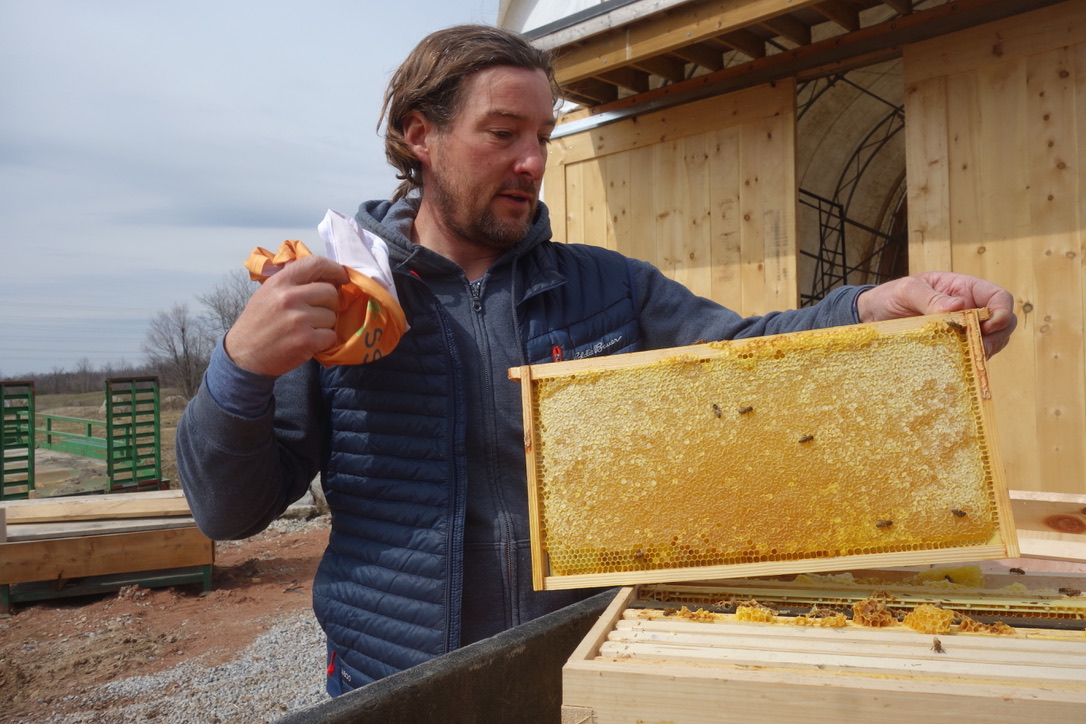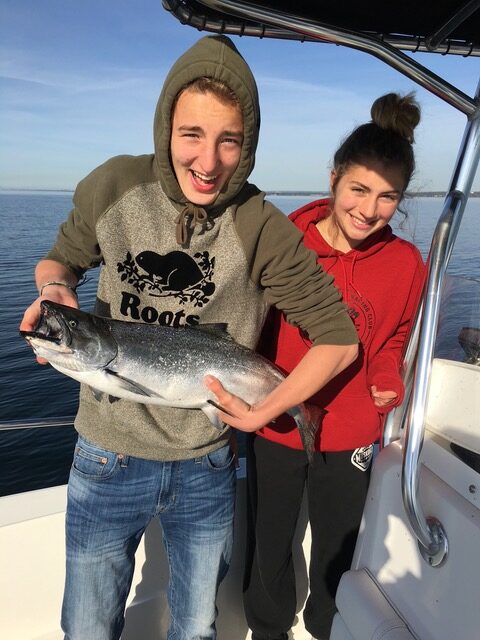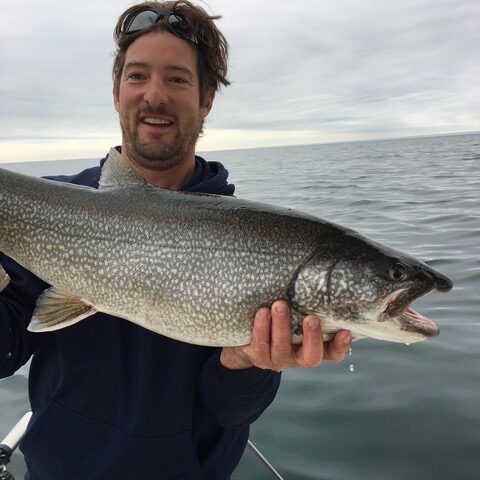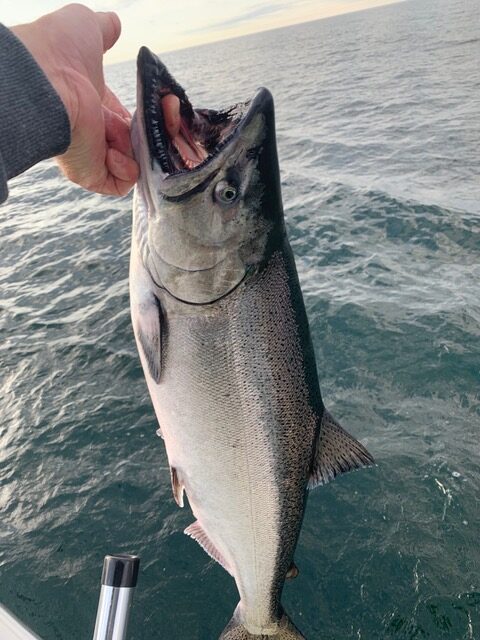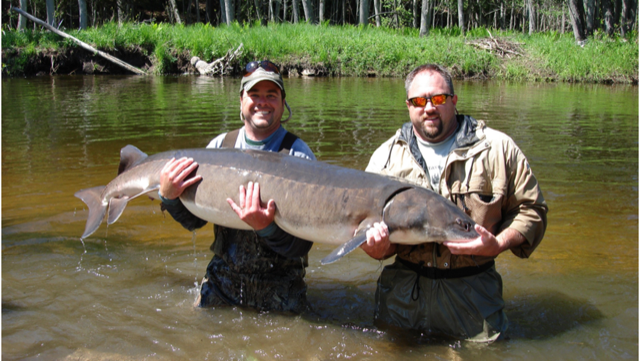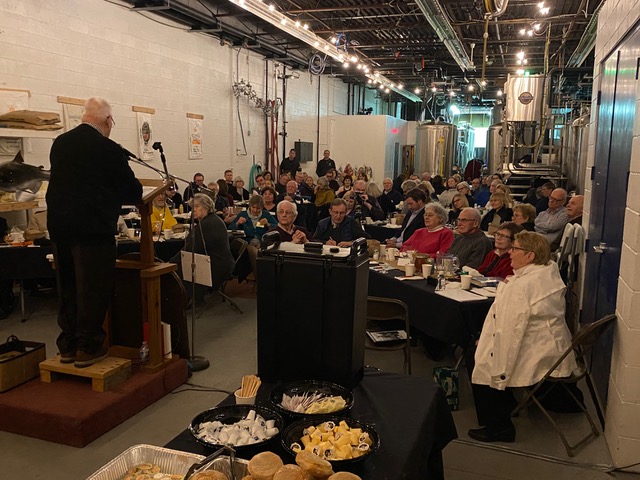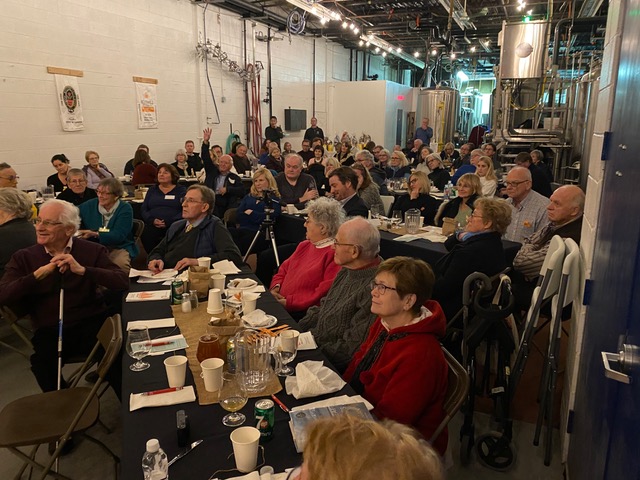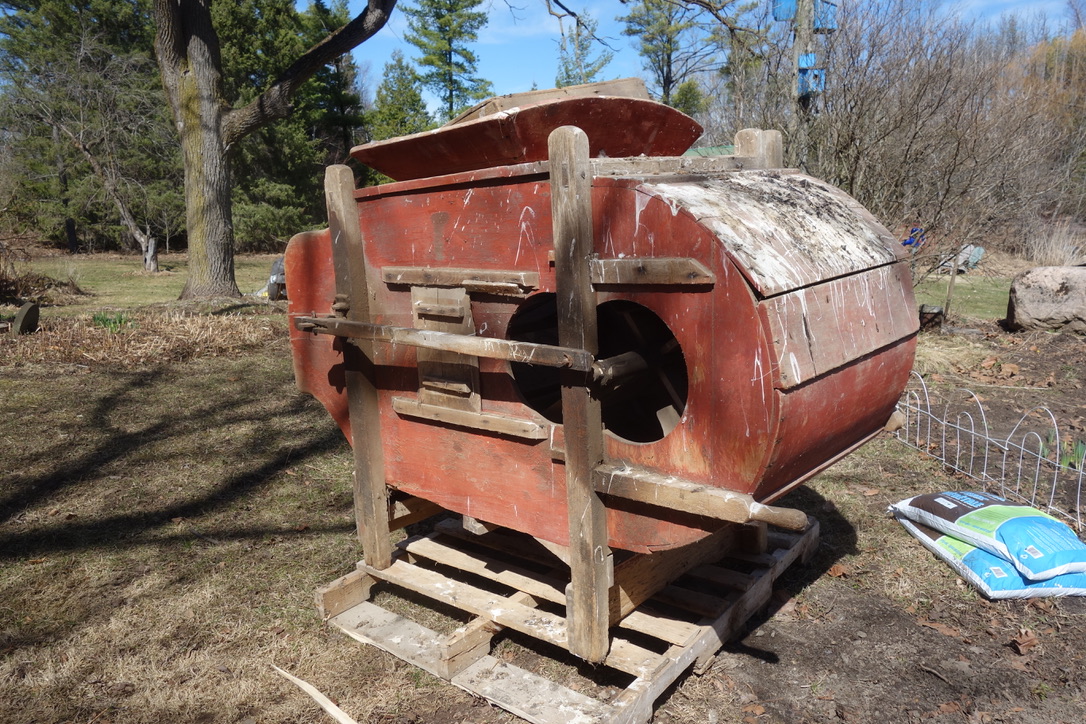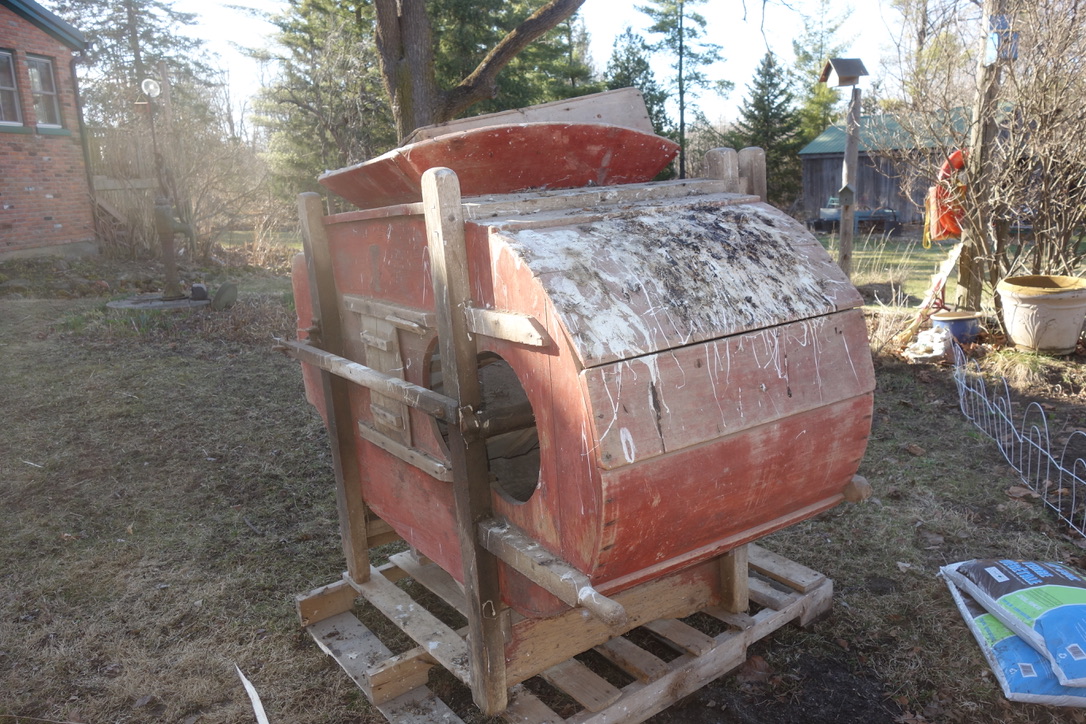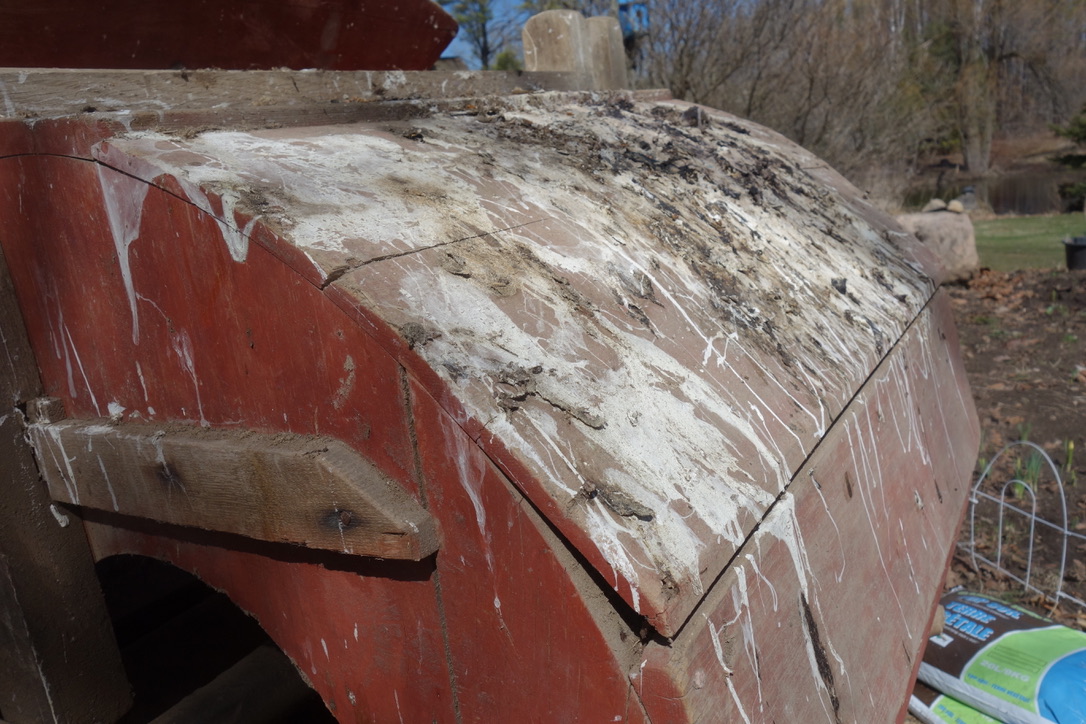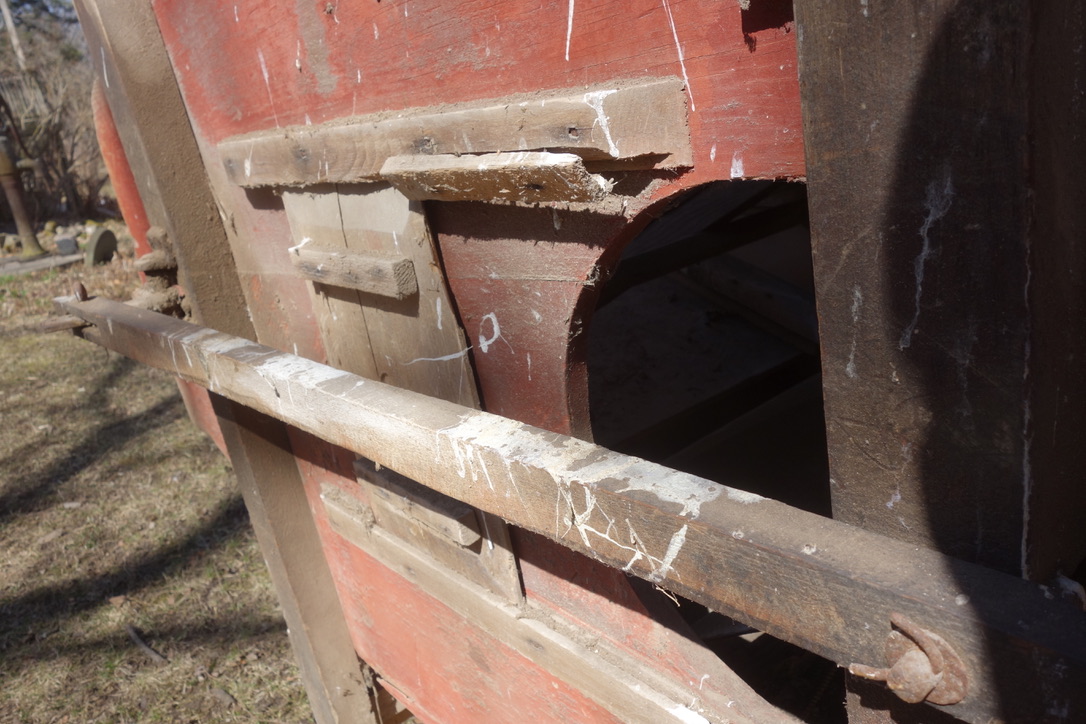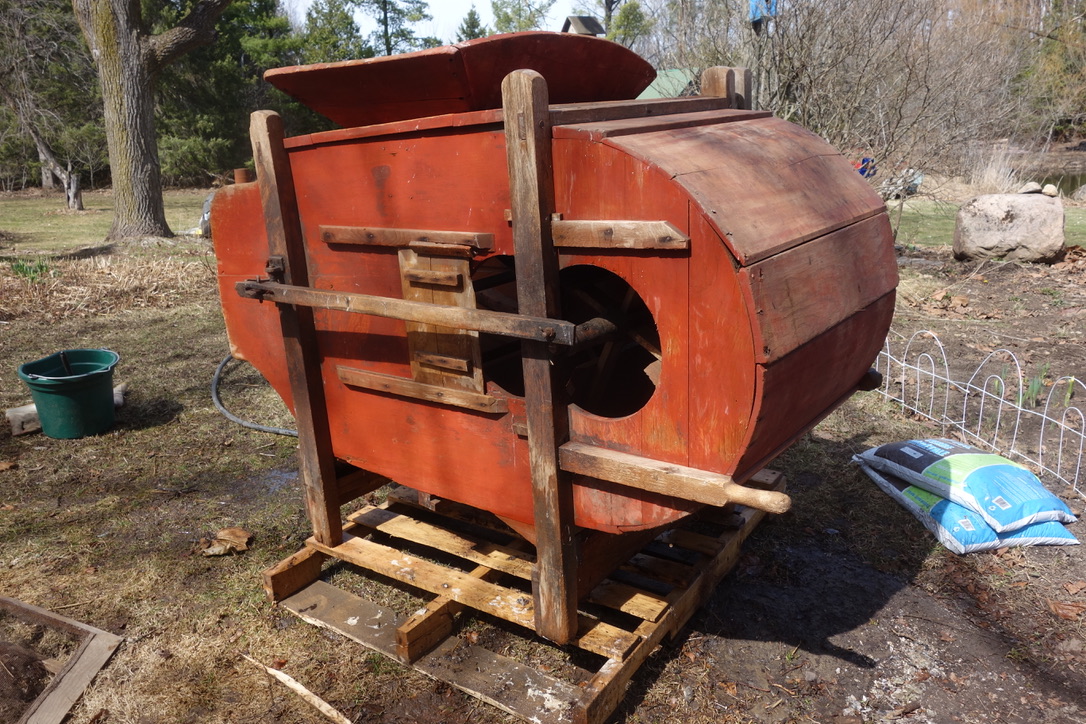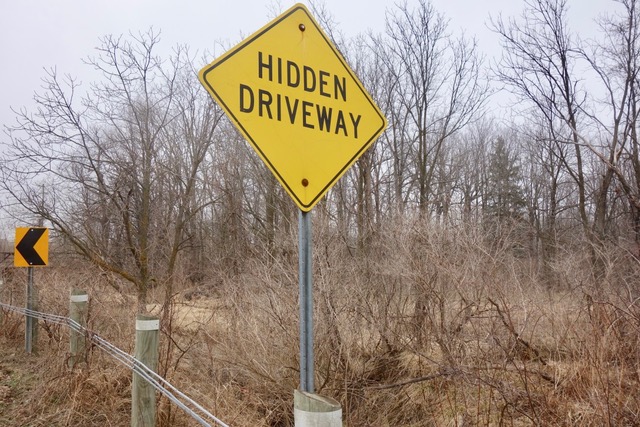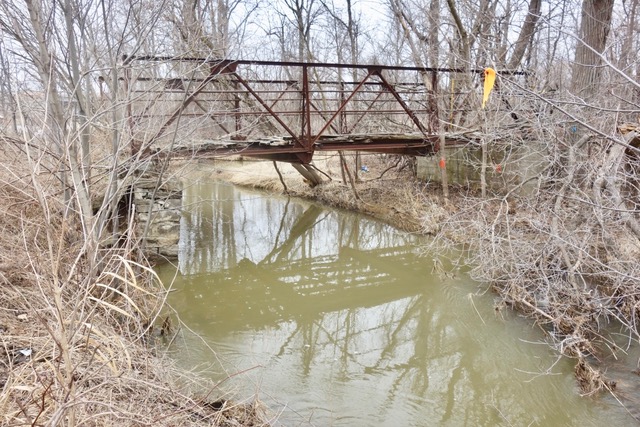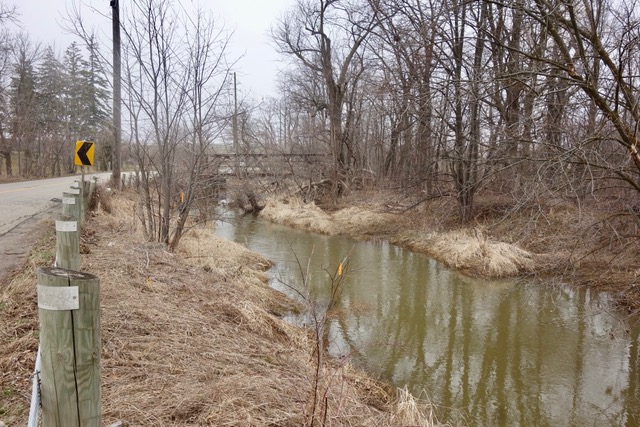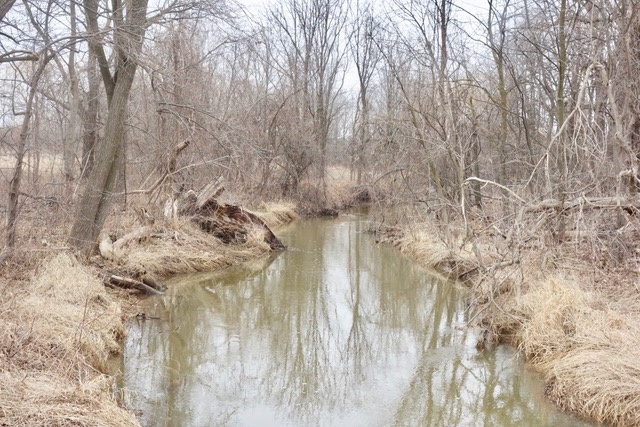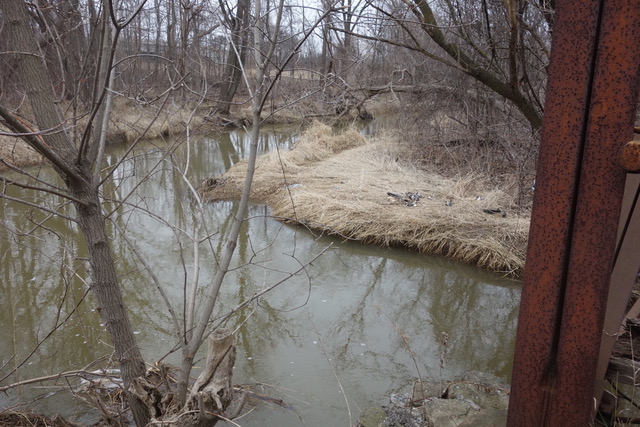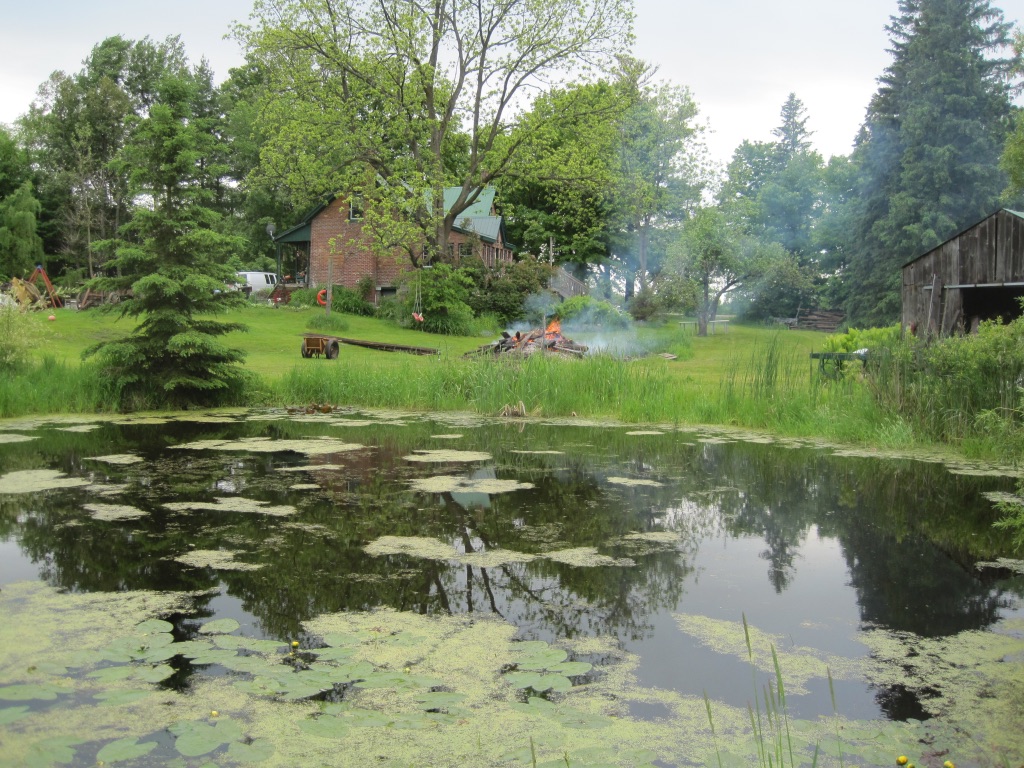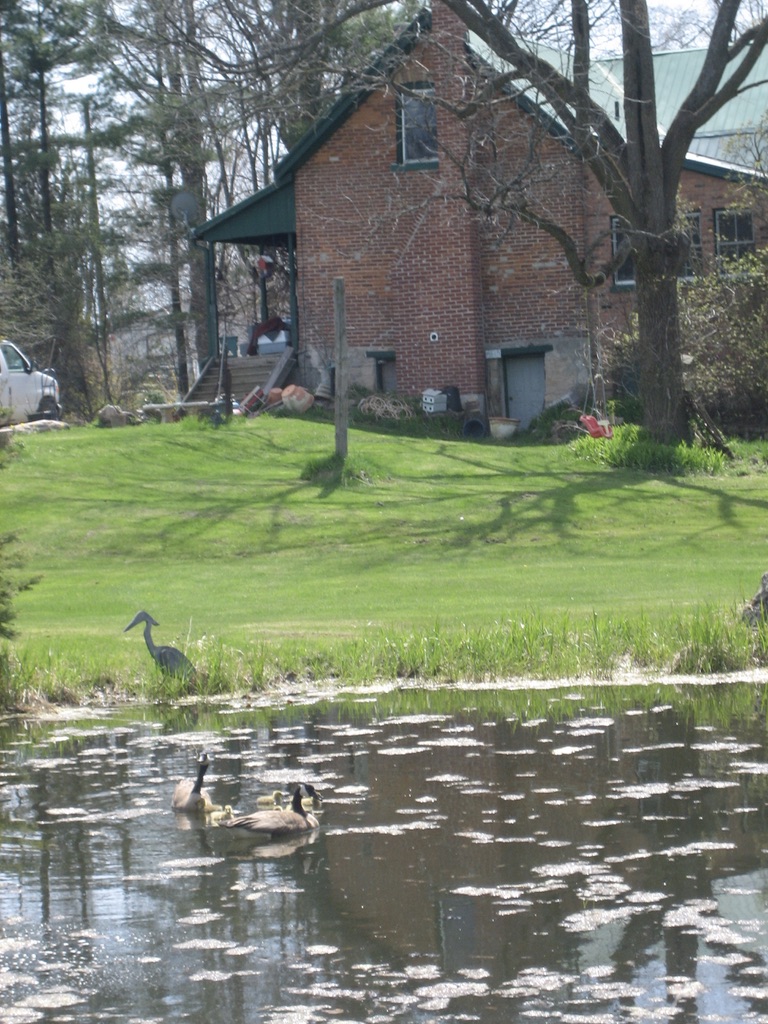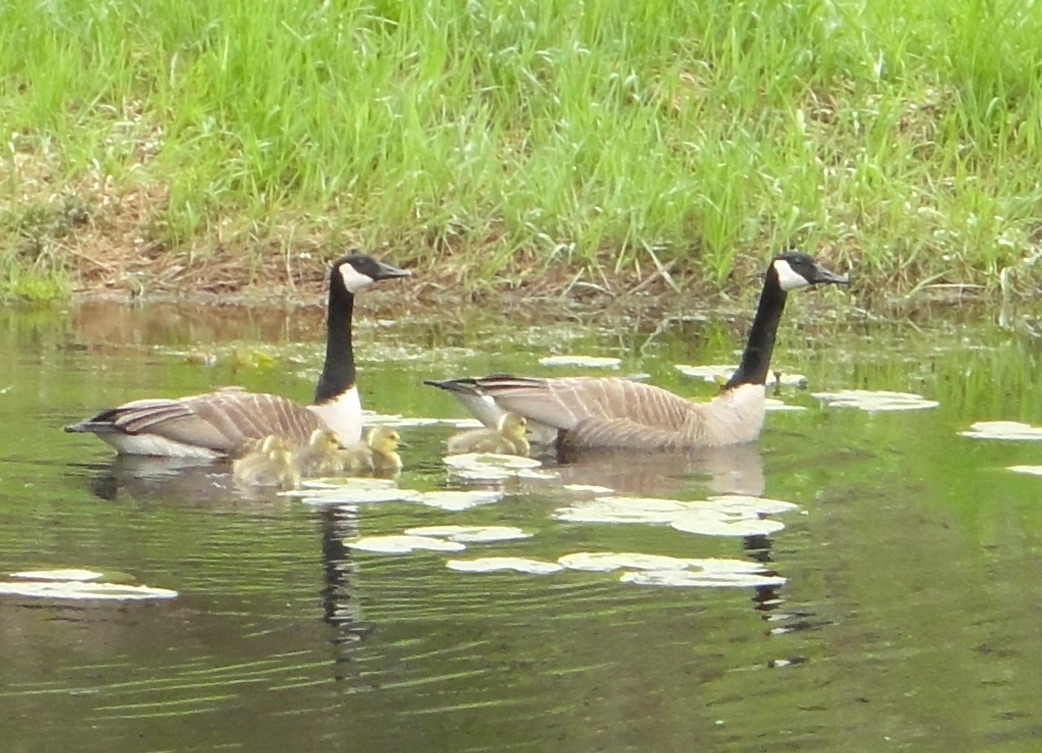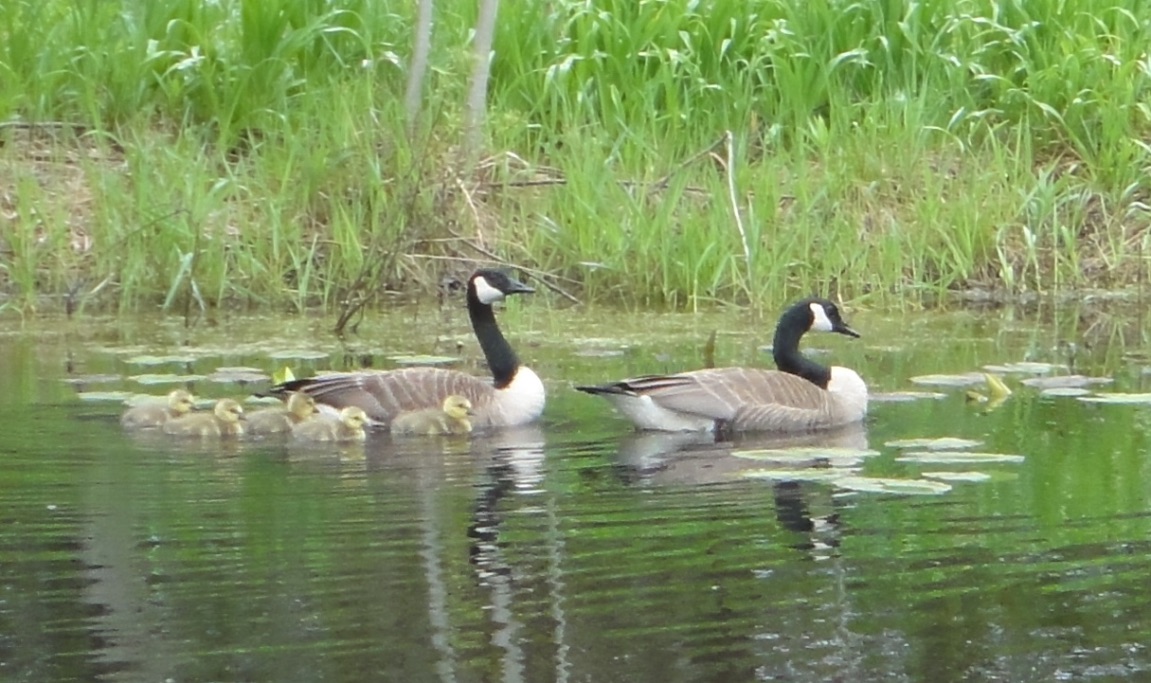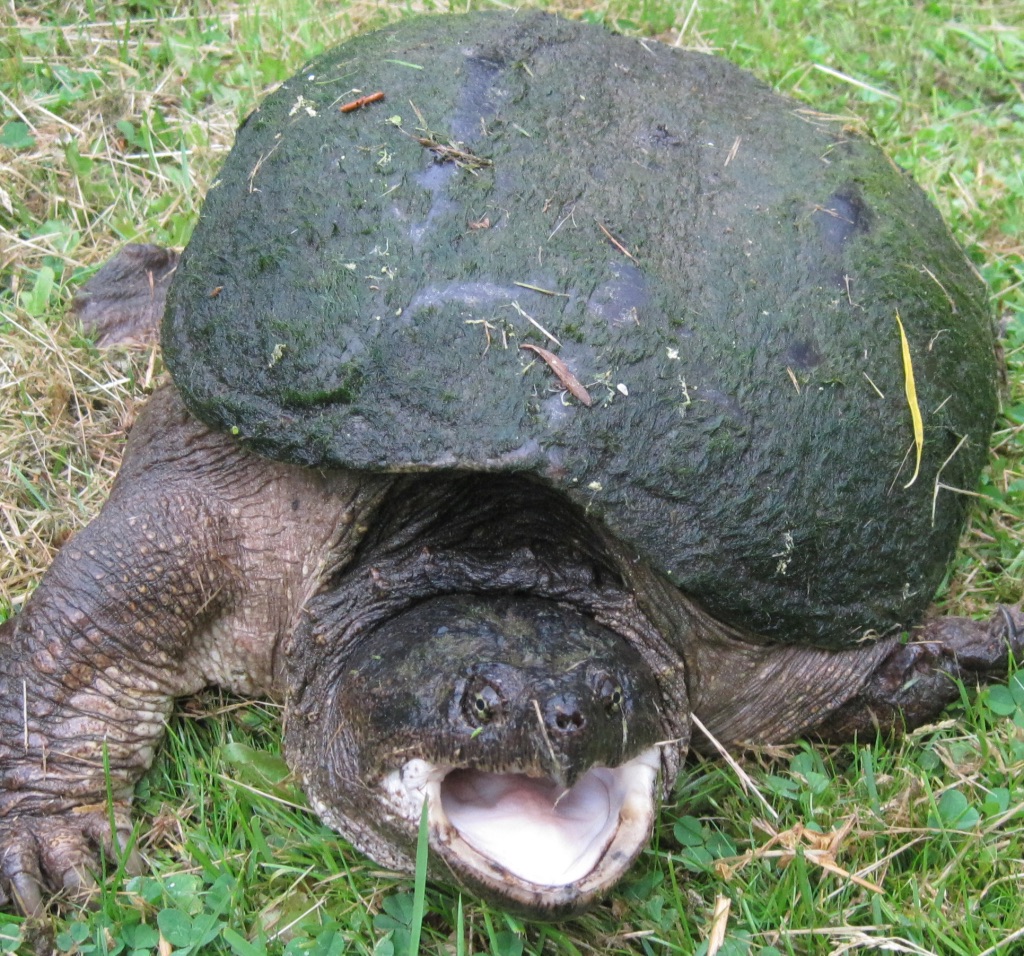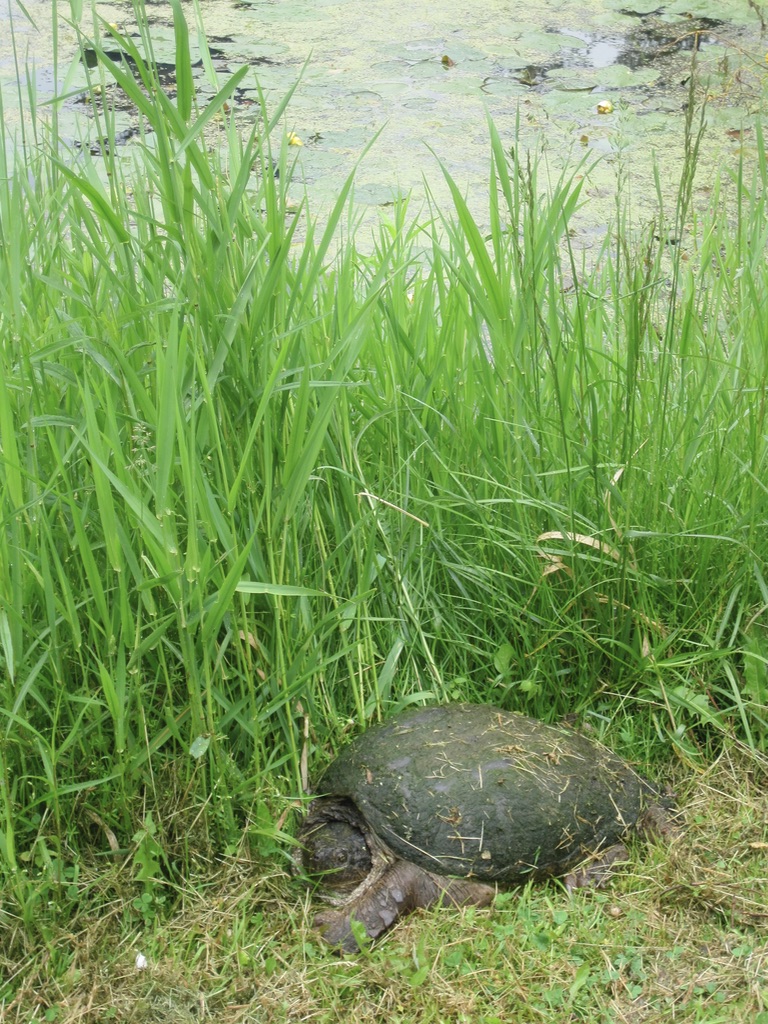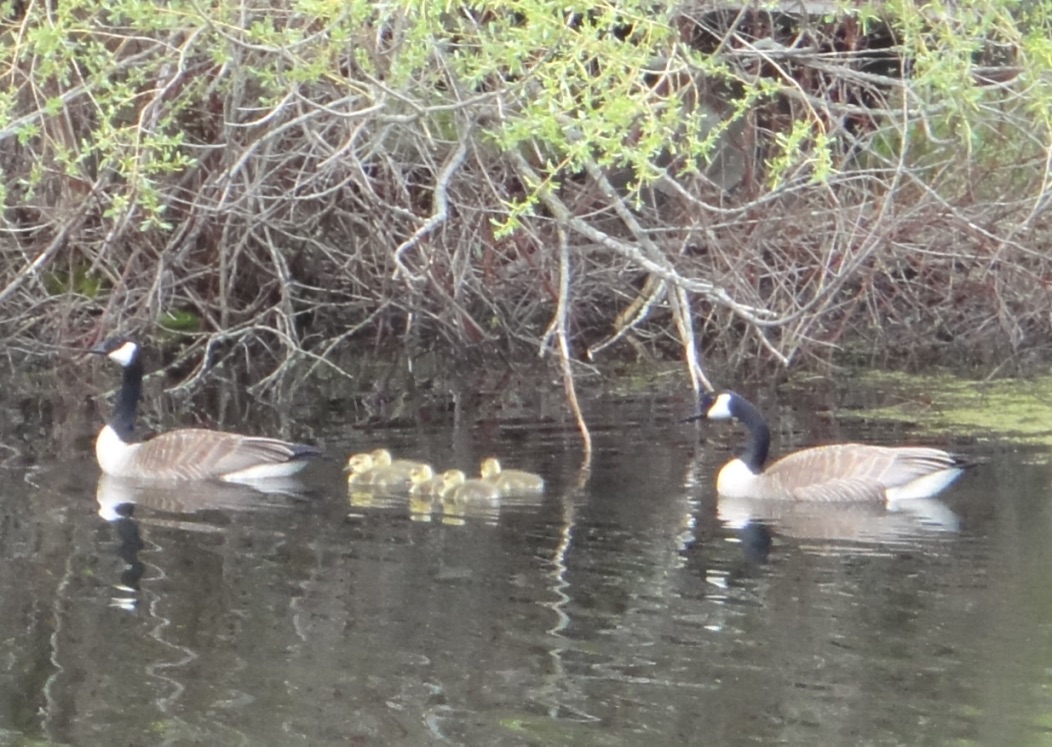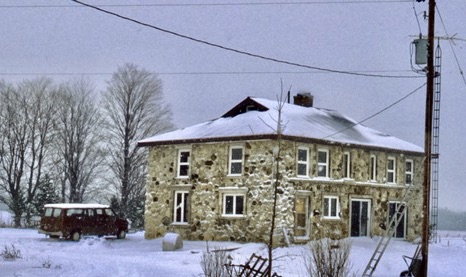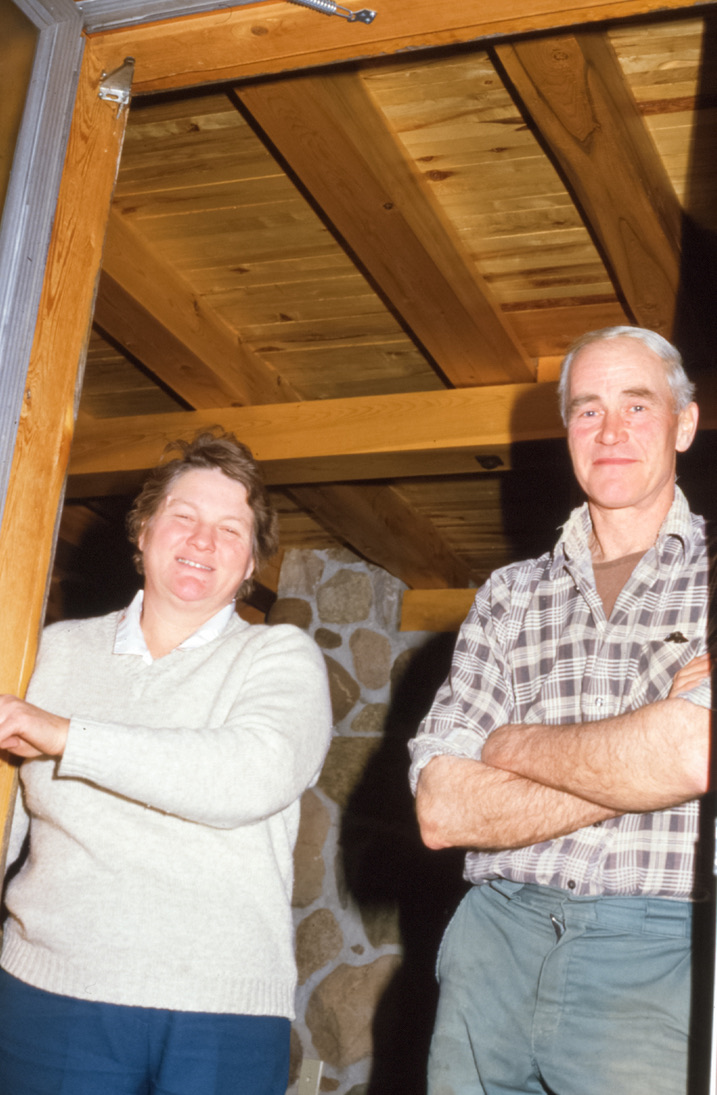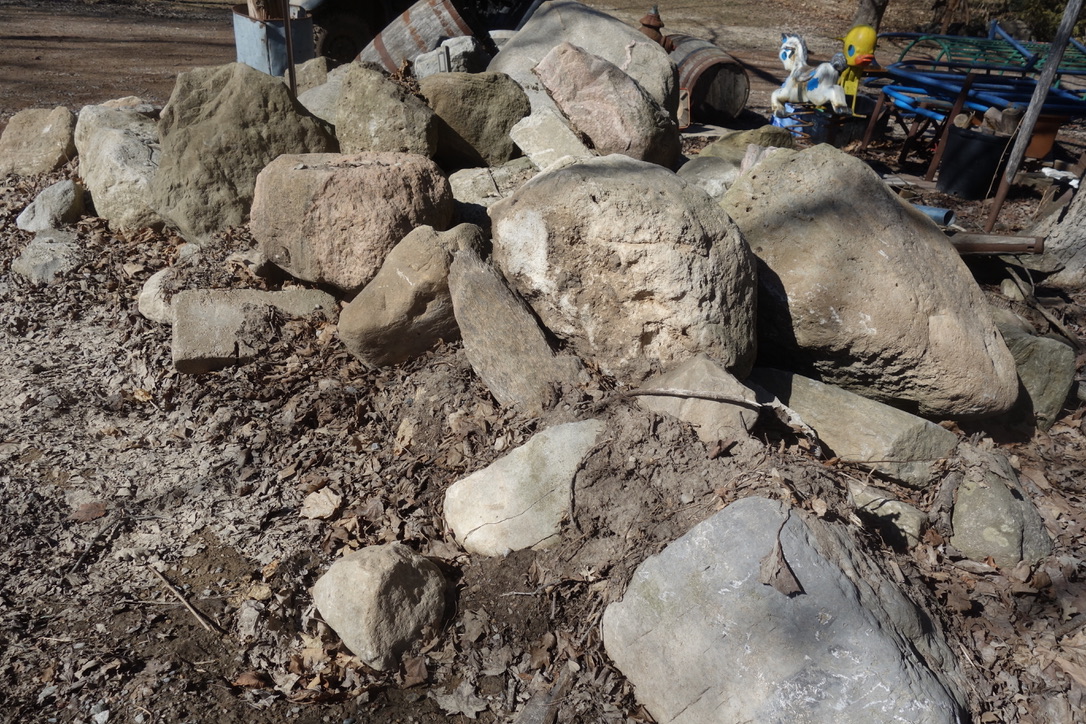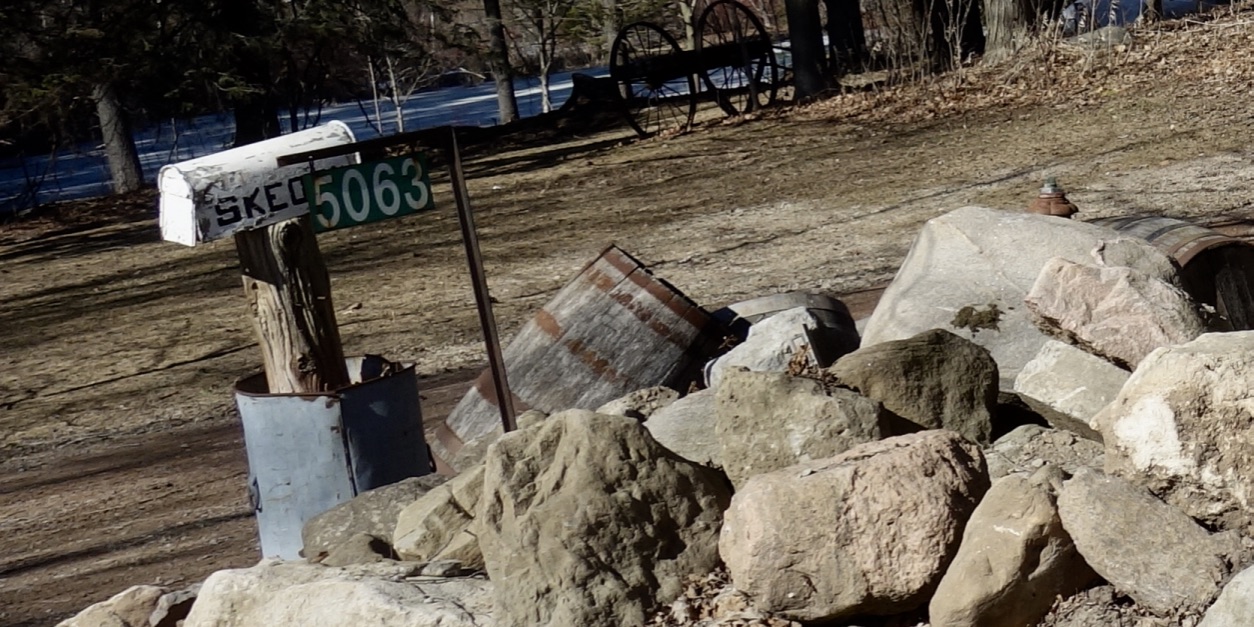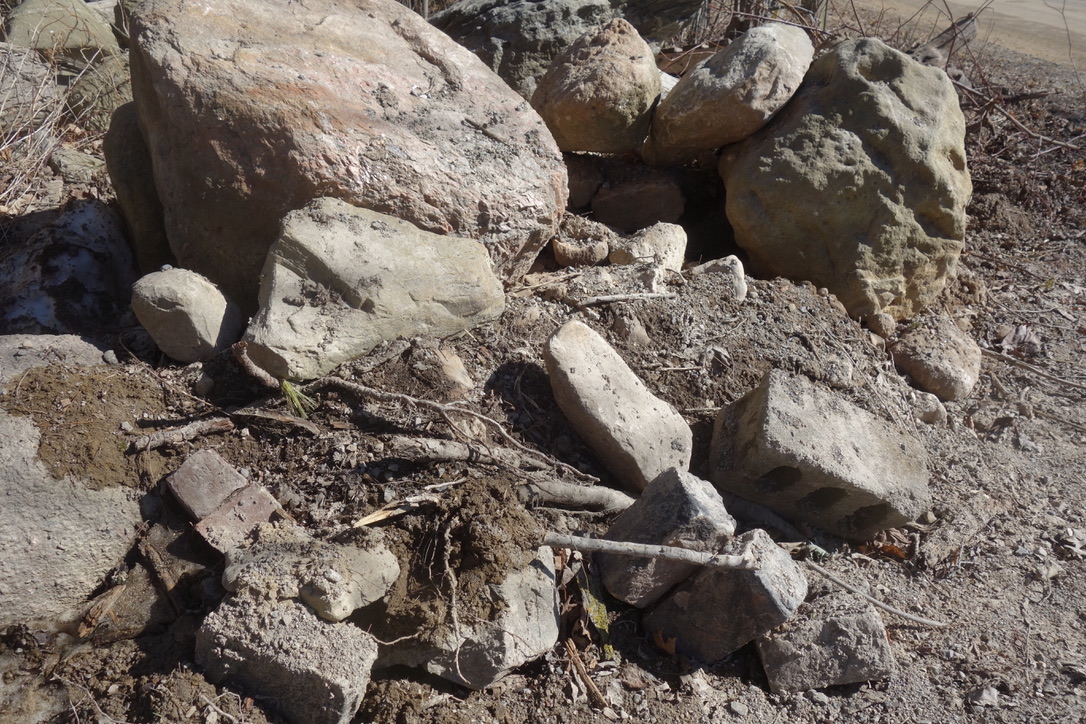
 heritagemississauga.com/wp-content/uploads/2013/08/Lorne-Joyce-20101-570×428.jpg 570w, heritagemississauga.com/wp-content/uploads/2013/08/Lorne-Joyce-20101-600×450.jpg 600w, heritagemississauga.com/wp-content/uploads/2013/08/Lorne-Joyce-20101.jpg 640w” sizes=”(max-width: 300px) 100vw, 300px”>
heritagemississauga.com/wp-content/uploads/2013/08/Lorne-Joyce-20101-570×428.jpg 570w, heritagemississauga.com/wp-content/uploads/2013/08/Lorne-Joyce-20101-600×450.jpg 600w, heritagemississauga.com/wp-content/uploads/2013/08/Lorne-Joyce-20101.jpg 640w” sizes=”(max-width: 300px) 100vw, 300px”>
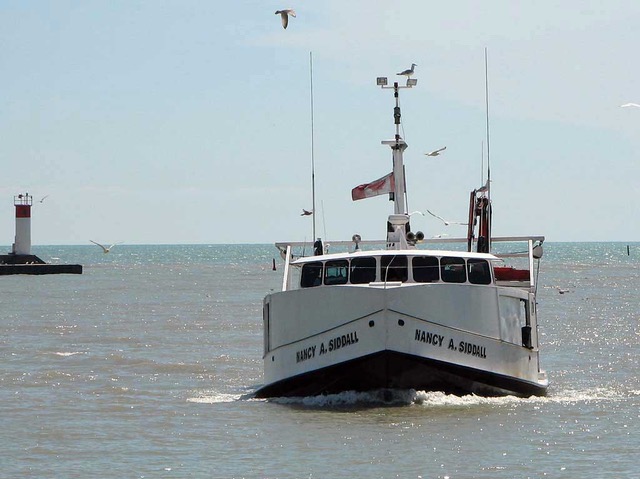
LORNE JOYCE: OPTOMITRIST, FISHERMAN, HISTORIAN…PERHAPS RUM RUNNER
“LORNE ALWAYS LAUGHED BEFORE HE SPOKE AND WITH HIS LAUGHTER THERE WAS A TWINKLE IN HIS EYES. HE WAS A GOOD MAN. I SPENT A WONDERFUL
Lorne Joyce is a man that is hard to forget. He is gone now but shortly before his death we talked about fishing, rum running and, of course, stonehookers.Let me use his voice…pretend I am Lorne using the notes I made that day…I remember him so well.
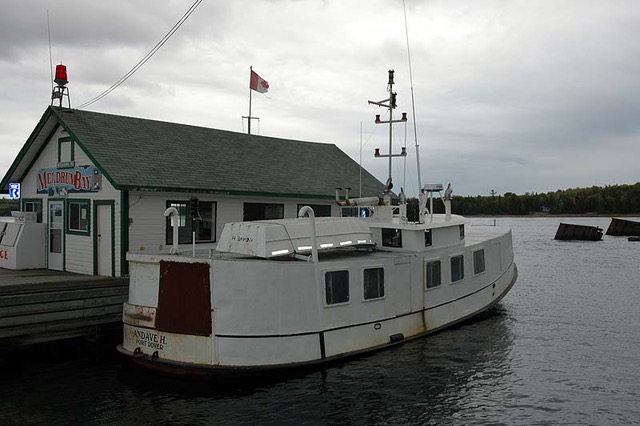
Picture of a typical fish boat…i.e. shaped like a jelly bean.
“My dad and brothers were Port Credit fishermen…commercial kind. No fishing rods…they were used by the sport fishermen and women. We had long nets designed to catch adult fish by their gills. Our fish boatswere ugly things. Fishboats looked like giant jelly beans…long, round on bottom and top, with side opening doors and a low transom so they could see where wewere going. We dropped the nets from the side doors…lead weights on the bottom, bobber floats on the top. Then we would wait. Drop other nets in the mean time.After a week or so we would return to the first nets and pull them up hopefully with fish trapped by their gills. Those nets were expensive…perhaps $25,000…so alost net was a disaster. Buoys were set above the nets so they could be found. How were they found? “We used a compass and a watch.” Hauled the nets with witha roller winch. Busy time. Detaching fish, gutting and cleaning them, packing them in ice in summer time and stowing them in the fish boat. Where did we get the ice”We cut big blocks of ice from the Credit River in January and February, piled the blocks under straw in our ice house which was really just a simple shack. On a good day we could haul in ten tons of fish…whitefish for instance. Big hauls were exhausting…they had to be cleaned fast, iced, packed in fish boxes on Port Credit dock and thenshipped to the big fish markets in Chicago, New York…even San Francisco. Winter time fishing was dangerous. Ice on the lake could trap a fish boat. I rememberDad talking about one fish boat that got both trapped and lost out on the lake ice for several days. When found the three men on board were alive but in bad shapefrom the cold.“Ice was dangerous in another way. Winter spray would freeze on the fish boat. Get thicker and thicker until there was real danger the boat would rollover. We had to crawl out with axes and try to knock big chunks of that heavy ice off … we could slip off ourselves.“Yes, men did die. In January 1943, the Thomas brothers never returned. They were lost somewhere near Port Dalhousie. We sent the steel hulled Naomi to scourthe lake for them but all that was found as a burned coat. Fire and ice, bad combination. Even the Naomi got into trouble that year. The tug was so heavily iced overwhen it lumbered into port that the crew had crawl out through the wheelhouse window. Commercial fishing was a 12 month business full of risks. The price we gotwas the biggest risk of all. Fish had to be sold fast. By the 1940’s big catches did not happen often. The fishery was getting fished out…Then in 1960 our fish shackswere sold from under us. The land on the east bank of the Credit River was put up for sale by he Federal government. We were finished.”“Our best years were the 1920’s. But our money was not all made by fishing. Some of the fishermen ran a little rum. Dad did but he was not proud of the fact for we are a Temperance family. None of us drink. The lure of fast money trumped moral principles. Prohibition in the United States was a godsendto a lot of fishermen. The 13th amendment to the American constitution banned alcohol. But it did not ban the thirst for whisky and beer. Some Canadiansundertook to quench that thirst. We had Prohibition in Canada for a while but our distilleries were allowed to continue making the stuff. Weird, right?This is how it worked shipping liquor from the Main Duck islands. A large boat loaded with crates and sacks of whisky and beer would pick up the stuff from Canadiandistillers like Corby’s, Gooderham and Worts, motor to the Main Duck islands and then transfer the liquor to smaller motor boats that would raceto secret destinations on the US shore….used low sleek and fast little launches. Easy money. Price of a bottle of whisky sky-rocketed to $40 each. That’s $500 abottle today. Big time criminal activity…got bigger and bigger…more and more dangerous. Roots of organized crime. People got killed. Boats got burned. Politicians, police, normally lawabiding citizens got corrupted. Speak easies proliferated. Gangs got rich. Al Capone emerged along with other big time criminals.“American coast guard boats were armed with machine guns. I remember dad saying that onerum runner bent over to grab a lunch sandwich and a US machine gun peppered the windscreen just missing him. For a while rum runners built fast boatthat could outrun the Coast Guard boats. We laugh about those days now but rum running was no joke. Lake Ontario was dangerous at night.”
THE
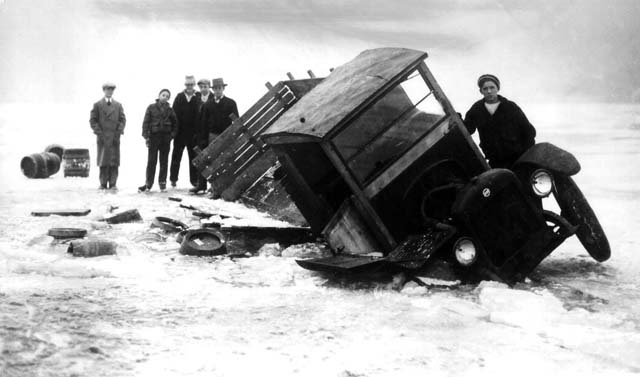

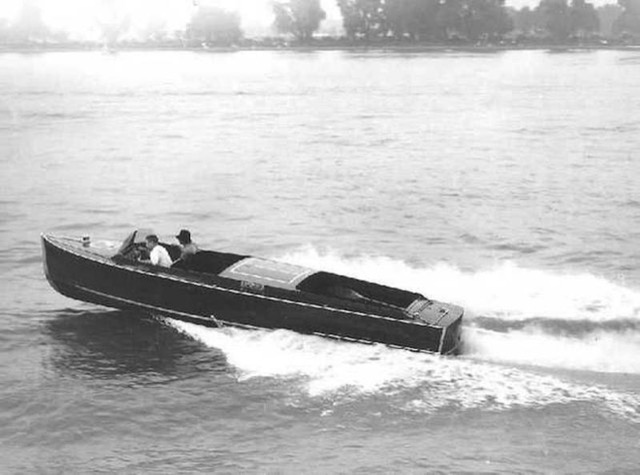
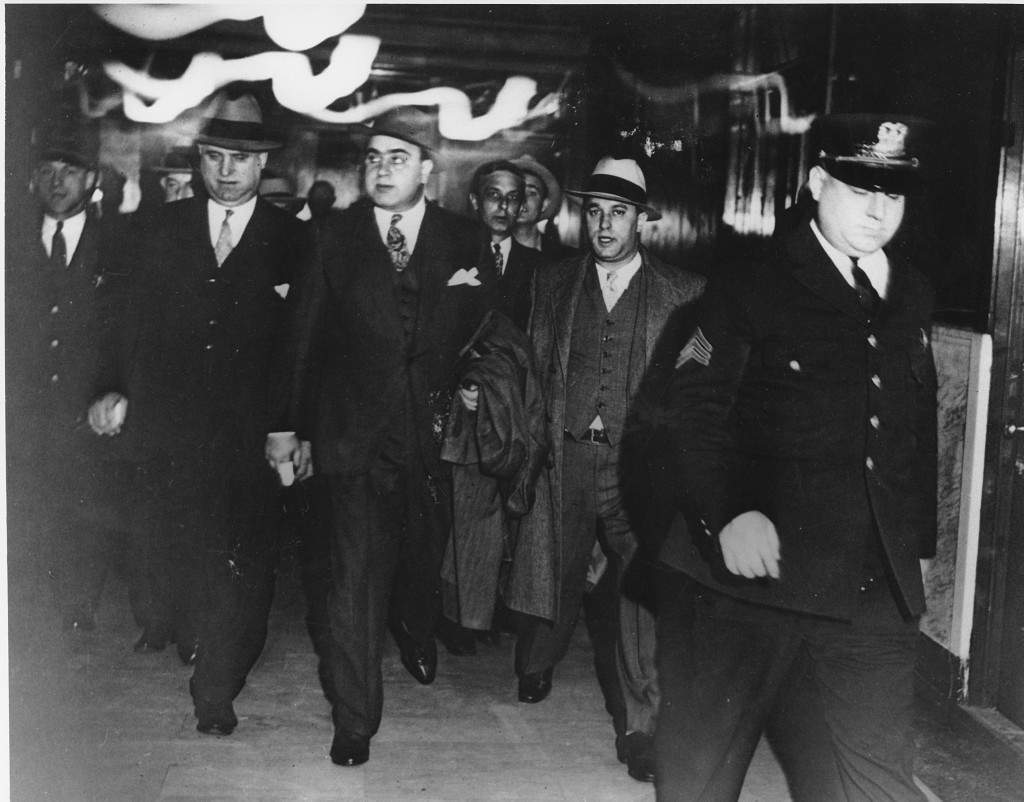 flashbak.com/wp-content/uploads/2014/11/PA-2534968-300×235.jpg 300w” sizes=”(max-width: 709px) 85vw, (max-width: 909px) 67vw, (max-width: 1362px) 62vw, 840px” apple-inline=”yes” id=”AA3A4A80-7D4D-46BC-8FC8-A7EB5E7C0D29″ src=”http://alanskeoch.ca/wp-content/uploads/2021/04/PA-2534968-1024×802-1.jpeg”>
flashbak.com/wp-content/uploads/2014/11/PA-2534968-300×235.jpg 300w” sizes=”(max-width: 709px) 85vw, (max-width: 909px) 67vw, (max-width: 1362px) 62vw, 840px” apple-inline=”yes” id=”AA3A4A80-7D4D-46BC-8FC8-A7EB5E7C0D29″ src=”http://alanskeoch.ca/wp-content/uploads/2021/04/PA-2534968-1024×802-1.jpeg”>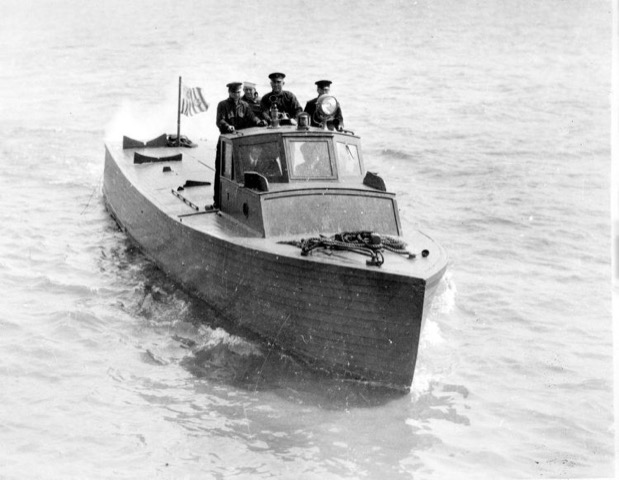
“Joe Burke was the big rum runner in Port Credit…or so I was told. During the years of Canadian Prohibition, He would buy a lpad of liquor from a Canadian distillery, have it shipped by train to Port Credit, load it on a boat here and assure Canadian customs people that the liquor was being shipped to St. Pierre and Miquelon, Frenchterritory off the coast of Newfoundland. Then peddle the liquor to American criminals. His rum running boats never had enough gas for the longtrip up the St. Lawrene. Only enough to get across the lake and back.“ Sometimes we failed to sell the beer to the Americans and had to bring it back to Port Credit. That was why we always had about 150 feet of good ropeon board. To avoid Canadian customs people we would tie the sacks beer to the long rope and drop it overboard just outside Port Credit harbour. Then usea drag a hook to recover the beer when it was safe. I know you are wondering if we drank any ourselves. We did not but others did. Opening a sackof beer would get the big time bootleggers angry. Dangerous. To get around that the sack would be held over awashtubm and then slammed with a hammer. Bottleswould break and beer would leak into the washtub. Ladle the foamy stuff into tin cups. Explain to big time bootleggers, “ Sorry, Accidentally broken! ”“My Dad died in 1928, Shortly before he died he told mom to sell the boats as fast as possible. Why? Because they are old, made of wood,and will rot fast. She sold them but got next to nothing for them. The same was happening to the stonehookers about then.Both the fishery and stoehooking were in decline. Stonehooking was killed by the cement factories. Commercial fishing limped alonguntil the late 1940’s and1950’s
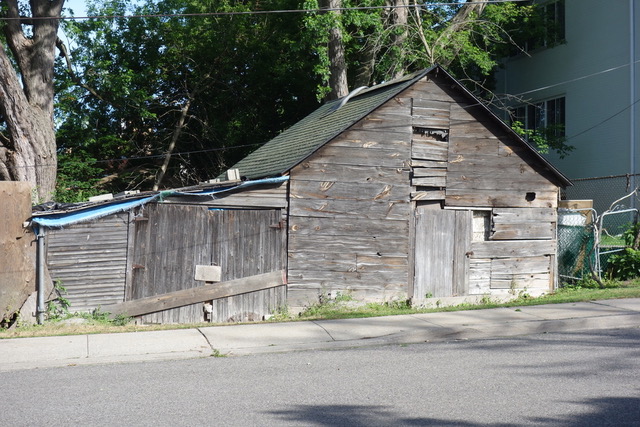
What remains?Some stonehookers houses are still in Port Credit. The Naish house for instanceAnd the Wilcox Hotel And the blacksmith on Stavebank. Perhaps most surprising is the survivalof one old and decrepit ice house over by Riverside School.FISHING to 1950 Fishboats open and Fishboats coveredThey would motor out into Lake Ontario, often heading for the waters around Main Duck Island far to the east. Eight foot nets were strung together and dropped in the lake … corks on one side, weights on the other so the nets would hang vertically. Buoys were attached to mark the place. Lots of nets used…if a winter storm destroyed the nets the fishermen could lose as much as $25,000 and this did happen. Five or ten days later they would return to the nets using a compass and a watch. Compass and watch…think about that. Then they would roller-winch in the nets, detach the fish and begin to clean and pack them on the ice that had been stowed in Port Credit ice house from the previous winter. On a good day a fisherman could get ten tons of fish. Big hauls like that had to be cleaned and iced fast and then shipped to the big fish markets in Chicago, New York…even San Francisco.Ten tons! That was good day. There were not a lot of good days.Up early in the morning and out into the lake. Fog made things difficult but winter ice was the biggest hazard. “Ice formed on the water and once in a while the b oats would get trapped. My Father (Bob Joyce) always managed to get home safely but I remember one time one boat with three men abourd was trapped in the ice for several days and my father and others searched for them, day after day. It was scary. The boat was finally found and the men were alive but in very bad shape from the cold because while the boat was covered and had a motor and stove which would normally keep them warm, they ran out fuel after the first few days.”*(*Grandpa Bob (Joyce) spins a few tales to his grandchildren in the year 1993, P.17, book loaned from Sandra Church)Men used axes to knocking off chunks of ice from the sides and deck…trying to lighten the boat lest she capsize. Those fish boats would never win a beauty contest. Looked like an odd shaped wooden piano box afloat…or to use another metaphor…a toad sliding across the ice…a giant bobber. But These covered fishing boats were a great improvement over earlier fishing boats … a covered deck with a side door for hauling in nets was a lot better than an open deck because the fishing fleet was a 12 month operation and protection was a godsend even if the slick lines of the old schooners were jettisoned.Some died. The Thomas brothers were missing in January 1943 somewhere off Port Dalhousie. The steel hulled Naomi scoured the lake for three days and all they found was a man’s burnt coat. The Thomas brothers were never found. Then men on board the NAOMI were at risk themselves for their tug was so heavily iced over when they lumbered into Port Credit the men had to crawl out the after-wheelhouse window. Winter fishing was not some kind of holiday.Naming fish boats was not always flattering. The Norma Jean was named after Mrs. Bob Joyce . She was not amused…being named after a schooner or one of the sleek launches in the harbour was OK. But to be named after a fish boat! A floating block of wood…a toad in the water. Forget it.THIS photographer who took this picture was threatened by the men in the skiff. “You better not be taking a picture” A rum runners spped launchhad run aground on the Detroit River and the rum runners rushed to transfer the liquor to shore before being spotted by the Coast Guard sometime in the 1920’s
1) Canada adopted Prohibition in 1916. Repealed it in 1921Not to be deterred, Province of Ontario passed its own prohibition. The Ontario Temperance Act (OTA, 1921-1927) outlawed the sale and consumption of any alcoholic beverage in Ontario. OTA did not restrict alcohol manufacture. It did restrict any distiller or brewer from selling their products within the province. Producers moved their sales operations to Province of Quebec.2 This allowed products made in Ontario to be legitimately sold from Quebec, and then legally shipped to foreign customers from Ontario.
2) The document below was excerpted from the AnnulReport of the Department of Fisheries of the Province of Ontario, 1899-1906
District Overseer Pratt reports : That the season has been a profitable one both to the fishermen and the dealers j that a smaller number than in former years have been engaged in fishing ; that prices have ruled higher, and that with the exception of a few particular localities in Georgian Bay, fish are decidedly on the increase. He is of the opinion that the causes of the non-increase of fish in some localities are : (1) That in former years, saw dust had been allowed to enter several streams and thereby became deposited over a considerable area at river mouths ; (2; that the towing of large rafts of logs is detrimental to both fish, life and fishing operations ; and (3) a fermentation process takes place when fresh bark is deposited in the water, which causes the fish to avoid such places. The fishermen, he says, complain that tugmen are not careful to avoid unnecessary damage to nets, but frequently tow their rafts over net buoys, often getting foul of th buoy line, dragging and tearing valuable property. He is of the opinion that the preser vation line, inside of which net fishing is not allowed, is too far from shore from off Moose Point north, and that there does not appear to be any good reason for shutting oft so many acres of water.
Implements of Capture. The principal implements of capture authorized in Ontario are the pound set, the gill net, the hocp or fjke net, and the seine. The pound net preserves the fish alive, and is set at right angles to the shore, from which runs out a leader until water sufficiently deep in which to set the pound is found, vaiying from 25 to 40 feet, according to the length of the stakes used. The fish, in passing up and down the shore, encounter- ing the leader, are turned in their course and work along the leader until they pass into the heart and thence into the pound, from which the net derives its name. Not more than three nets in a string are permitted to be set, and an open or disconnected space must be left between each net. They are placed at various distances apart, care being exercised to prevent crowding or oveifishing. On the American side, where the water is very much shallower, as many as 25 or 30 nets are set in a string, and as closely together as the fishermen may desire. The fisherman with small capital has, therefore, no chance, pocketed between long strings of these nets, and is forced out of the business, while on this side all are put upon an equal footing. ^_^ — \ The hoop or fyke net, though differently constructed, operates similarly to the pound] net, the fish being found alive in the bag or purse. It is set in marshy inshore waters,/ and is licensed to take coarse fish only. — ^ The gill net bangs like a wall in the water, suspended by buoys and floats, and is kept taut by sinkers. It may be set in shallow or deep water. The fish are gilled in attempting to pass through the met he s, and soon die. The occupation of gill net fishing on the great lakes is attended with many dangers and hardships. The fishermen must be on the water in all kinds of weather, the best lifts being, it is said, sometimes made wien the lakes are the roughest. The seine or sweep net is probably the oldest device for taking fish, and is a most effective on« ; To it, however, is attributed the depletion of many waters once teeming with fish, ai d its use, therefore, has been for seme years discouraged. It varies in length according to the distance to be swept, one end being attached to the shore. All fish, irrespective of size, within the circle described in its operation are taken.
The Commercial Fisheries. ' As a national possession they are inestimable, aud as a field for industry and en- terprise they are inexhaustible." They are perhaps unsurpassed in any country on the giou«, not only in extent, but for their great economic value. Practically no attention has as yet been directed to our great north west and northern waters, which teem with the finer qualities of fish. These fisheries are destined in the near future to afford a liveli- hood for thousands of our population, and become an important and continuous source of food supply and revenue. In the older portions of the province, under a judicious licensing system, a vigorous policy of supervision, and the requirement of a strict com- pliance with the laws and regulations enacted for the protection of the fisheries, there may soon be expected to be a large increase in the supply of fish and a perceptible im- provement in the fishing industry, a matter which concerns not the present generation only but which ia of vital importance to succeeding generations alsa. Any other course will result in their complete extinction. ' : Propagation may plant and generous nature may water, but a reasonable protection must be added to give permanent increase " The fishermen for a consideration, are granted the privilege of netting in the public waters, but this privilege must not be abused, nor the public's interests in the fisheries prejudiced thereby. The history of commercial fishing in the great lakes of this province, until within very recent years, has been one of wholesale destruction. Not many years ago Lake Ontario teemed with whitefish and there are well authenticated instances of as many as forty, fifty, and even ninety thousand having been taken in one night at Bur- lington Beach. No thought was then had of saving the immature and unmarketable por- tion of the catch, aud no thought was had of the morrow, but they were thrown upon the beach to die, rot and be carted away as manure, and as a result of this improvidence there are now but few whitefish in that lake ; aud, as in Lake Ontario, so in most of the large bodies of fresh water where fishing has been engaged in to excess. The urgent necessity of some decisive action to prevent the continued destruction of the immature fish led to the introduction into our licenses, and subsequently into the Fisheries Act, of the clause prohibiting the taking of any trout or whitefish under two pounds in weight — in other words, the taking of these fish before they have arrived at the age of reproduc- tion. It was suggested that the object desired could be accomplished by requiring the mesh of the pot of the pound net to be sufficiently large to permit the escape of all fish under that size ; and while this might have been a remedy in some place?,, in others — such, for instance, as in Lake Erie, where a variety of kinds and sizes of fisll inhabits the lake, and where the bulk of the catch is of herring and a small kind of pic ":erel — such a condition would have resulted in the bankrupting of the fishermen, and was therefore impracticable. Could a size have been stipulated, it would have been admittedly prefer-
1899 ] GAME AND FISHERIES. 37 able, but it was found that a length which would in some waters meet the case, in others would represent a fish of a much greater weight ; so that a weight limit was ultimately decided upon. It will be satisfactory to know that before the adoption of the condition the views of as many fishermen and purchasers of fish as possible were ascertained by per- sonal visits to different points in the Province and otherwise, and that no objection was made to it, but the contrary, many remarking that if the condition were observed it would do more to replenish and secure the perpetuation of the trout and whitefish than any other means that could be adopted, not excepting the strict observance of the close season. To the credit of the fishermen it may be said that the restriction has been uniformly well observed during the past season. The significance of this condition will be apparent to every one when he recognizes that a whitefish or trout does not spawn before she has attained a weight of two pounds, and that the taking of a fish below that weight means that there has been eliminated from the supply not only a fish that has not contributed her quota to the perpetuation of her species, but that one has been placed upon the market of practically no commercial value. The fishermen cannot be so shortsighted as not to see that in taking the immature fish they are destroying the "goose that lays the golden egg."
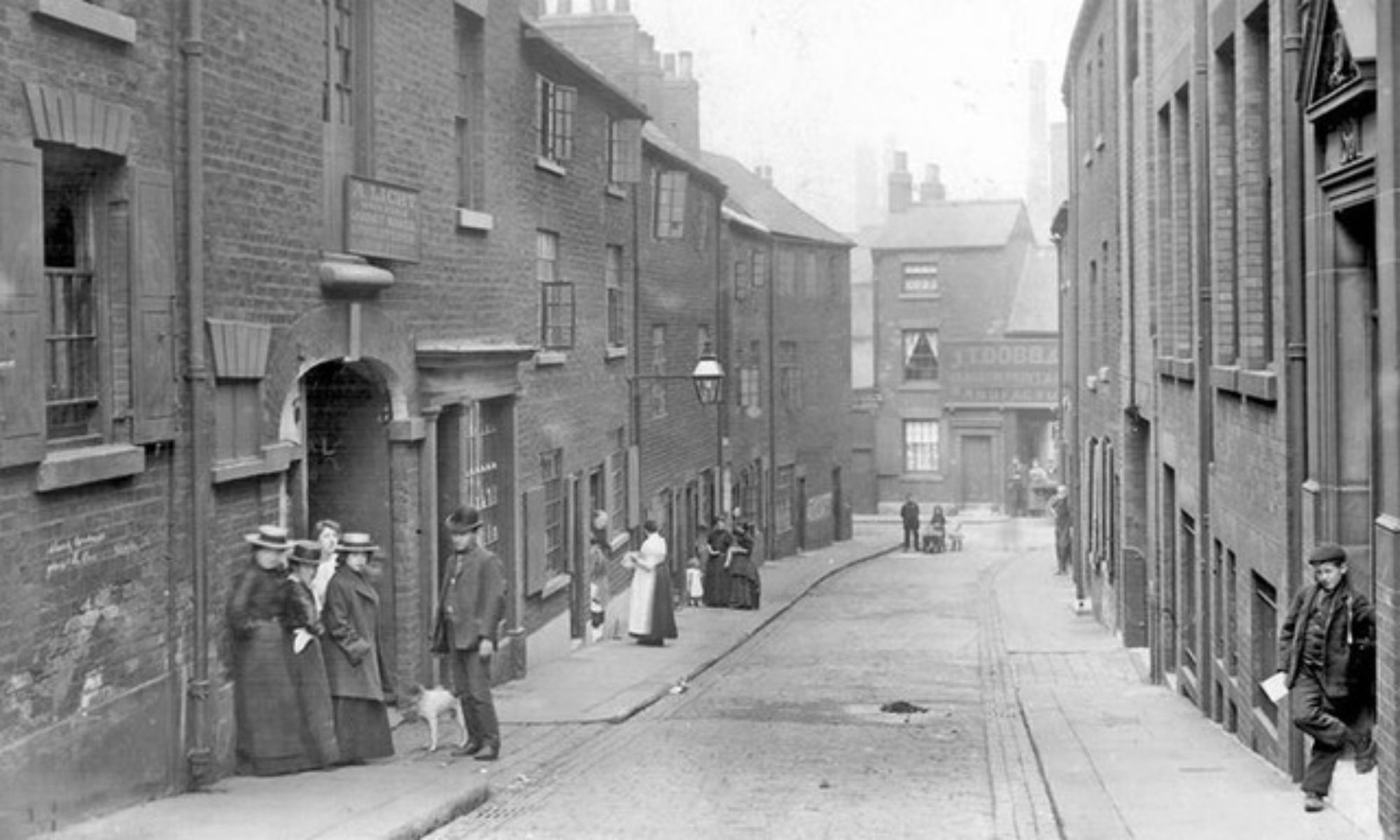



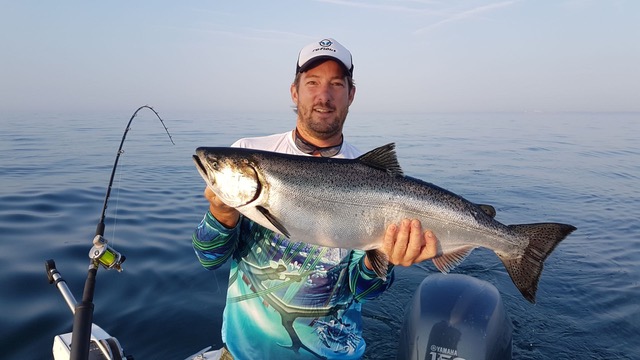



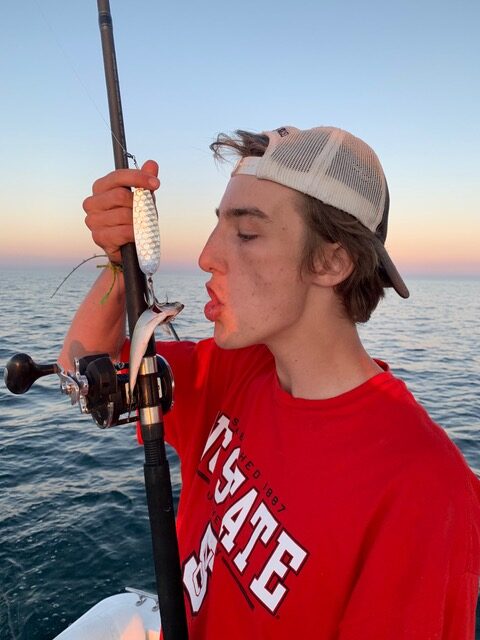

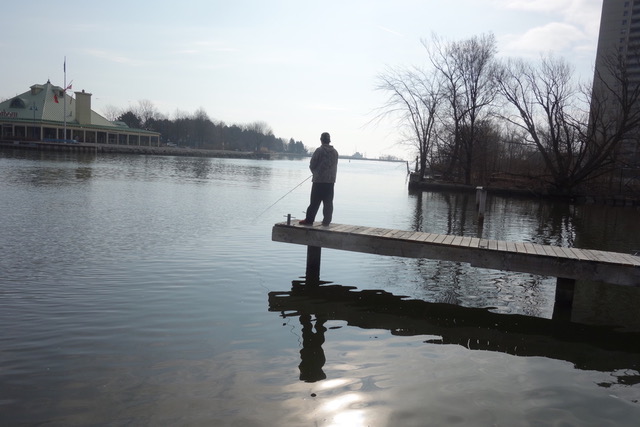


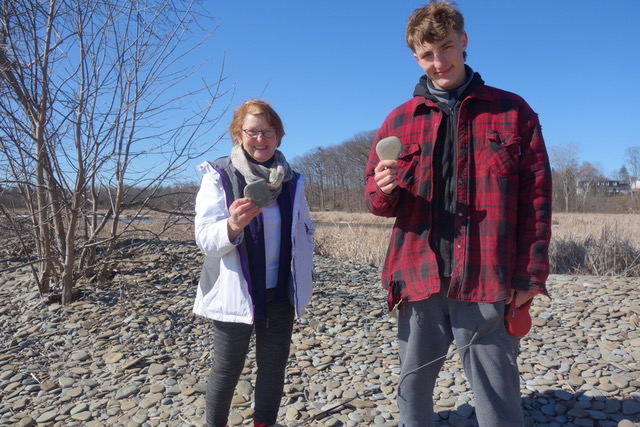

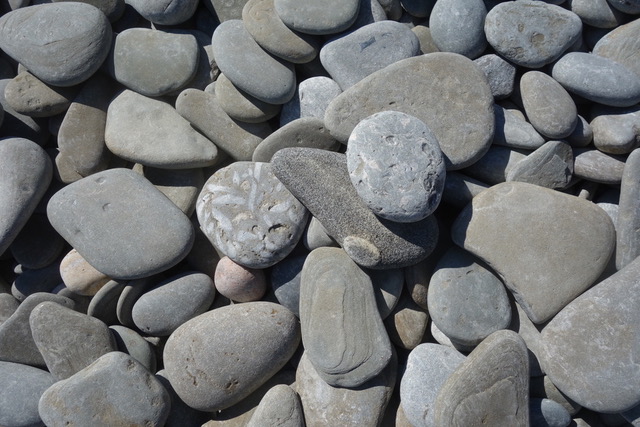




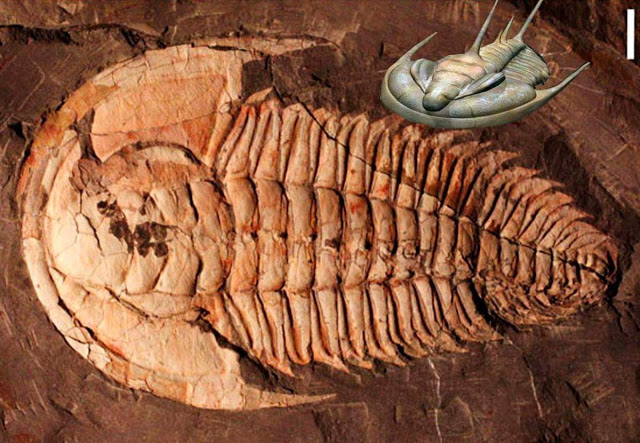
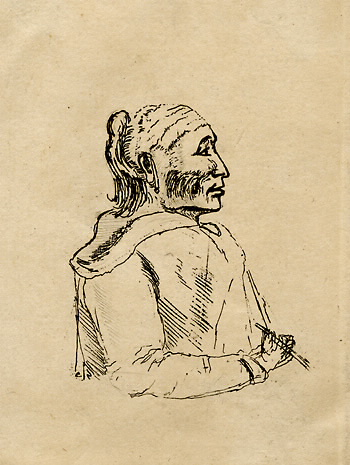 firstnations.innisfillibrary.ca/wp-content/uploads/2018/08/Canise-or-Great-Sail-an-Ojibwa-Chief-Simcoe-Elizabeth-Posthuma-Gwillim-1762-1850-Picture-1794-English-226×300.jpg 226w,
firstnations.innisfillibrary.ca/wp-content/uploads/2018/08/Canise-or-Great-Sail-an-Ojibwa-Chief-Simcoe-Elizabeth-Posthuma-Gwillim-1762-1850-Picture-1794-English-226×300.jpg 226w, 


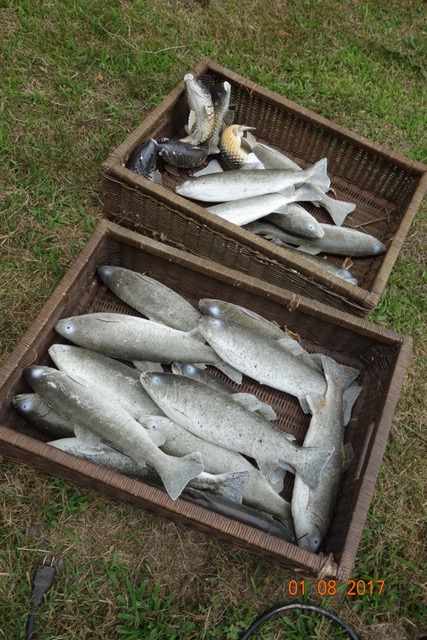
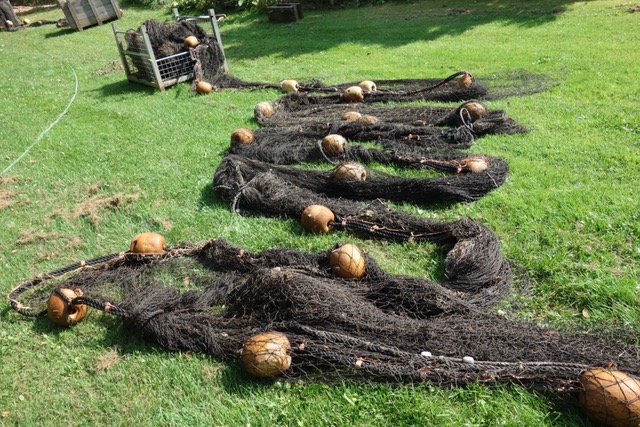
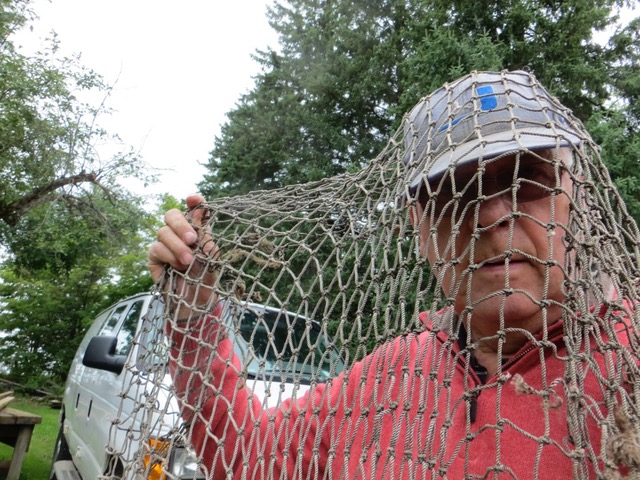
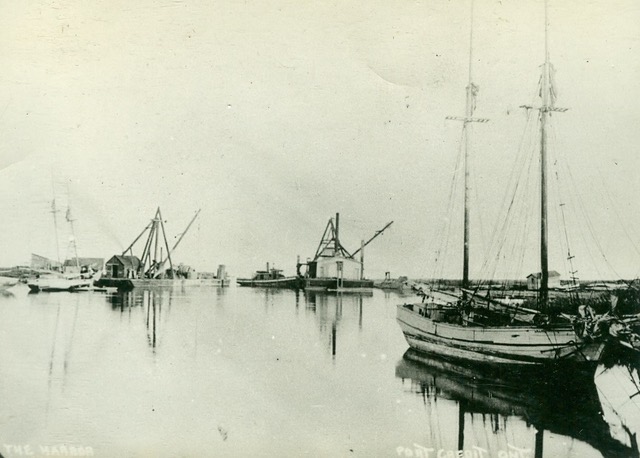
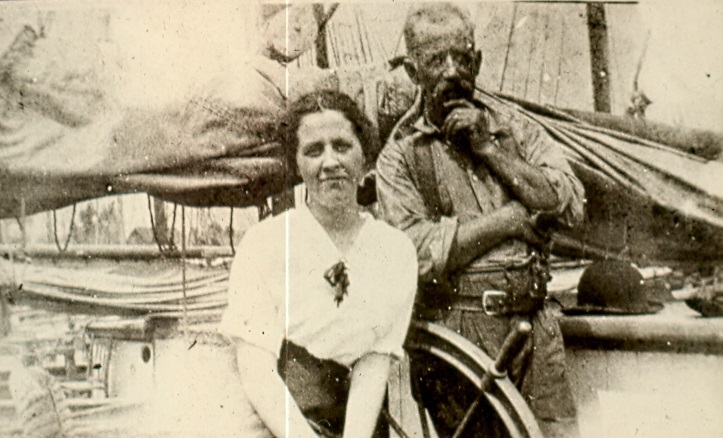 heritagemississauga.com/wp-content/uploads/2020/09/Unknown-People-Stonehookers-of-Port-Credit-300×182.jpg 300w” sizes=”(max-width: 723px) 100vw, 723px” apple-inline=”yes” id=”601D5FA6-2B44-414F-B6D4-6685AA5B8795″ src=”http://alanskeoch.ca/wp-content/uploads/2021/04/Unknown-People-Stonehookers-of-Port-Credit.jpeg”>
heritagemississauga.com/wp-content/uploads/2020/09/Unknown-People-Stonehookers-of-Port-Credit-300×182.jpg 300w” sizes=”(max-width: 723px) 100vw, 723px” apple-inline=”yes” id=”601D5FA6-2B44-414F-B6D4-6685AA5B8795″ src=”http://alanskeoch.ca/wp-content/uploads/2021/04/Unknown-People-Stonehookers-of-Port-Credit.jpeg”>